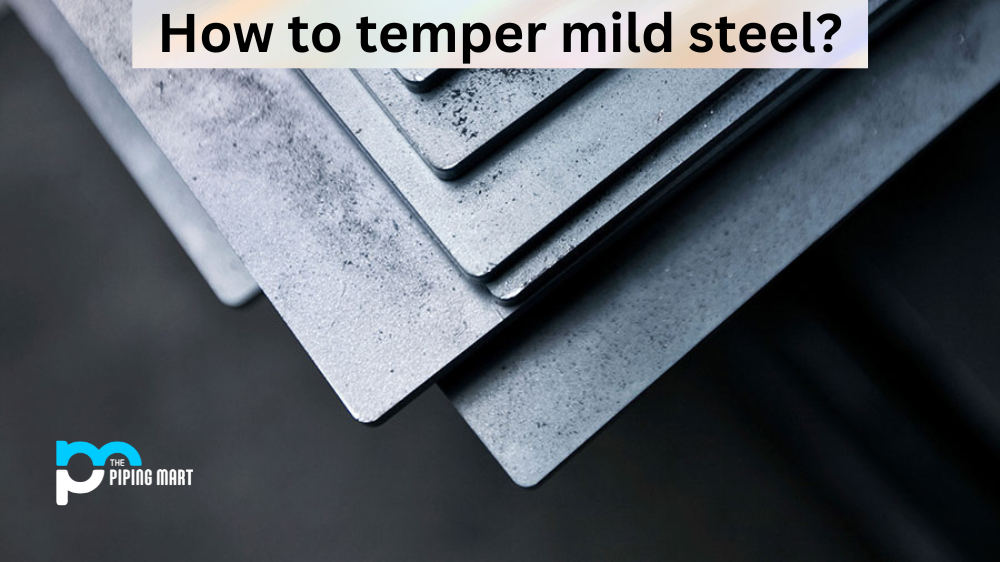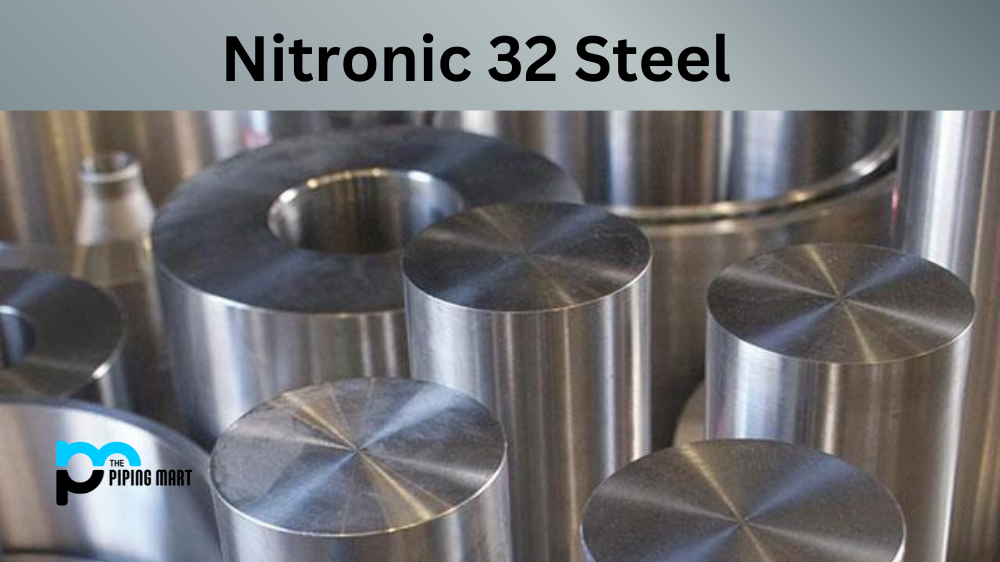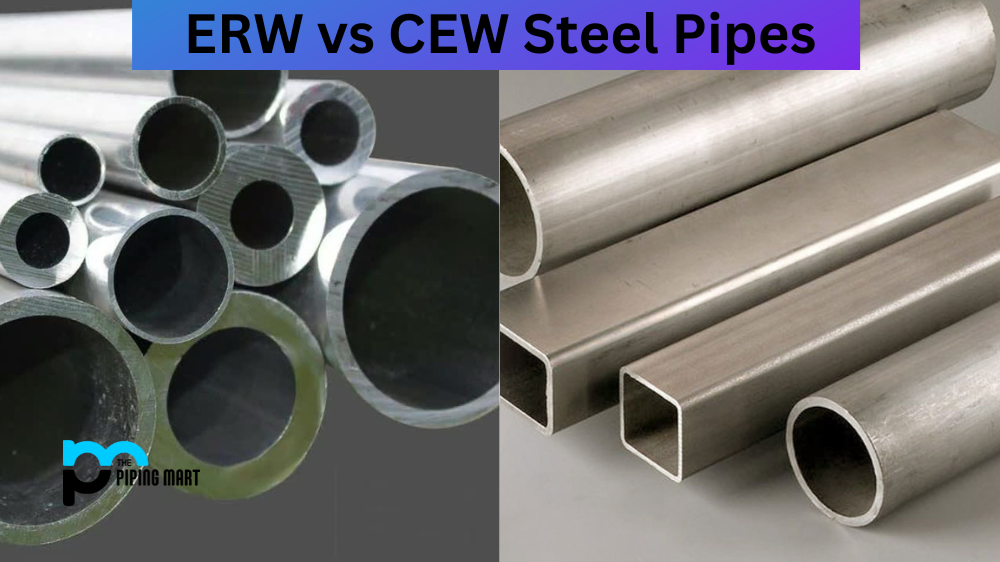Stainless steel is an incredibly versatile material used in various applications, from construction to food processing. However, not all stainless steel is created equal. Among the different grades, two of the most commonly used are 302 and 316. While they may look similar, their distinct differences make them unique. In this blog post, we’ll dive into what sets 302 stainless steel apart from 316 and when you should use one over the other.
What is 302 Stainless Steel?
302 Stainless Steel is a type of metal known for its exceptional corrosion resistance and strength. It has excellent workability due to its flexible nature, making it ideal for various purposes, from food production to building materials. Its high stainless steel content makes it extremely resistant to rust and other forms of corrosion, making it an excellent choice in applications where chemical or moisture exposure could be an issue.
What is Stainless Steel 316?
Stainless steel 316 is a type of austenitic stainless steel that contains chromium, nickel and molybdenum. It has excellent corrosion, temperature and stress-corrosion cracking resistance, making it ideal for industrial applications such as chemical storage tanks and heat exchangers. Its ability to withstand extreme temperatures makes it suitable for medical devices or production processes involving high heat.
Difference Between 302 Stainless Steel and 316
Chemical Composition
The primary difference between 302 and 316 is their chemical composition. 302 Stainless Steel comprises 18% chromium and 8% nickel, while 316 contains 16% chromium, 10% nickel, and 2% molybdenum. This makes 316 more corrosion-resistant than 302, especially in harsh environments that include exposure to saltwater. Therefore, 316 is the better option for marine applications such as boats.
Strength and Durability
When it comes to strength and durability, both materials are great but have varying degrees of it. 302 is highly corrosion-resistant but less strong than 316. 316 stainless steel has exceptional strength, and it’s highly durable. It’s also known for its high resistance to pitting and crevice corrosion, which makes it ideal for the pharmaceutical and food industries.
Cost
Cost is also a significant difference between 302 and 316. 302 is less expensive because it has fewer alloys, while 316 is more expensive due to its high nickel and molybdenum content. The materials’ price difference could impact the application you choose for each.
Application
Choosing between 302 and 316 depends on the usage and the conditions the material will be exposed. Since 316 is stronger and more corrosion-resistant, it’s suitable for marine applications and saltwater environments. On the other hand, 302 stainless steel is better suited for industrial or commercial settings like aerospace or automotive industries that require less corrosion resistance and tighter tolerances. You should consult a stainless steel expert on which material fits your intended application.
Conclusion
302 and 316 stainless steel have distinct chemical composition, strength, durability, cost, and usage differences. While they may both be called stainless steel, they have properties that make them unique. To choose the right material for your application, consider the conditions it will be exposed to, the strength required, and environmental factors like pitting and crevice corrosion. A stainless steel expert can help you decide based on your application’s requirements.

A passionate metal industry expert and blogger. With over 5 years of experience in the field, Palak brings a wealth of knowledge and insight to her writing. Whether discussing the latest trends in the metal industry or sharing tips, she is dedicated to helping others succeed in the metal industry.




